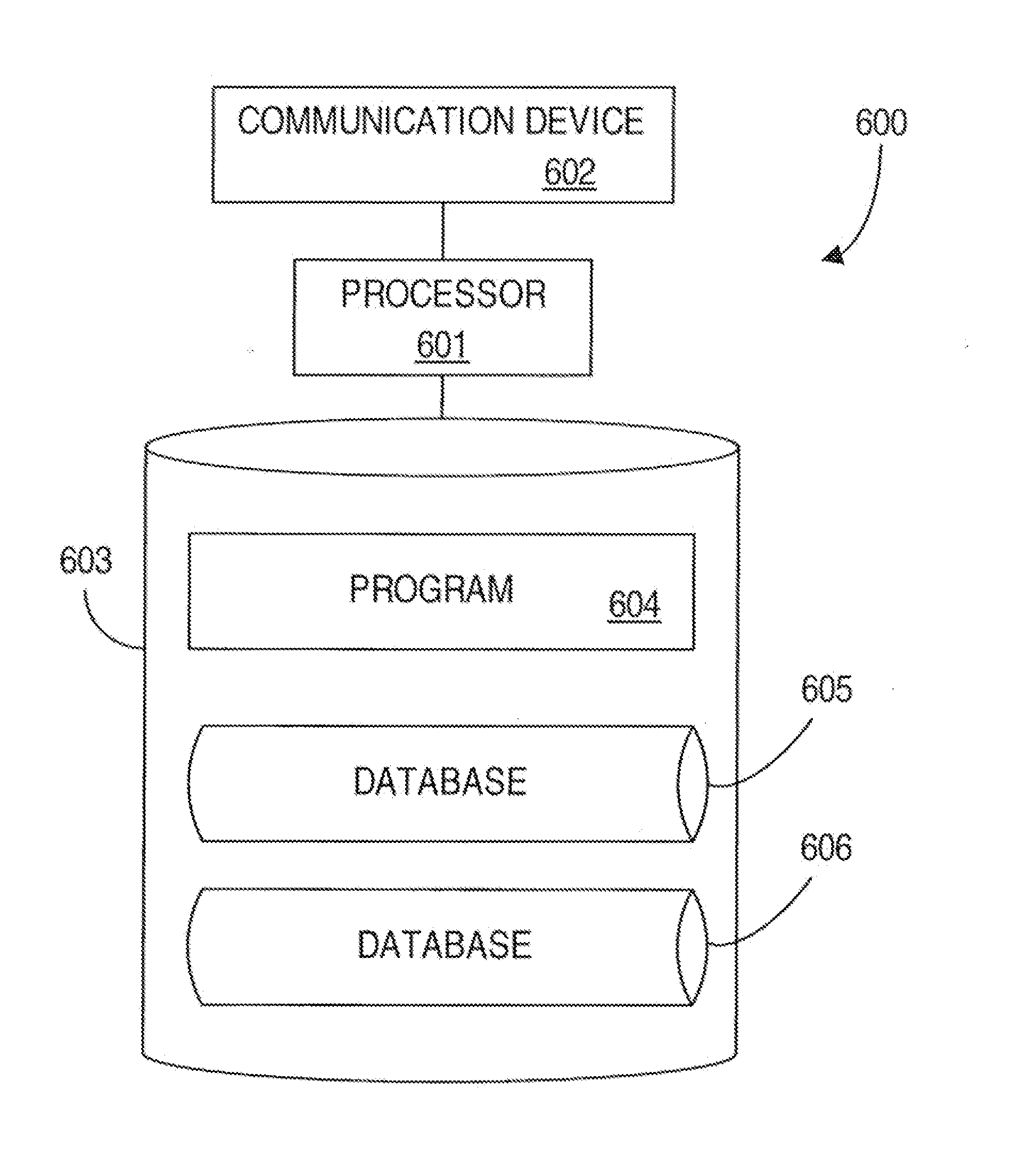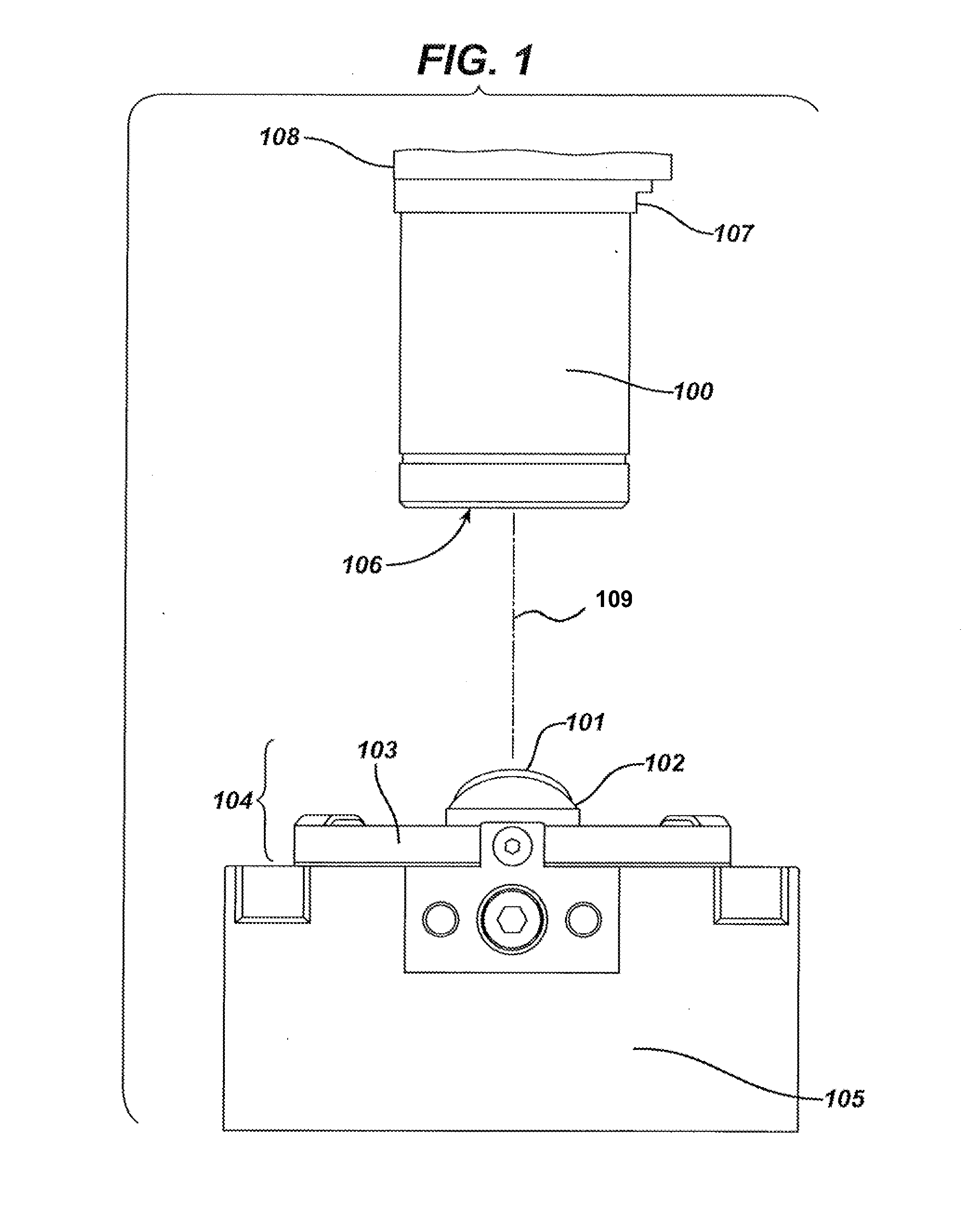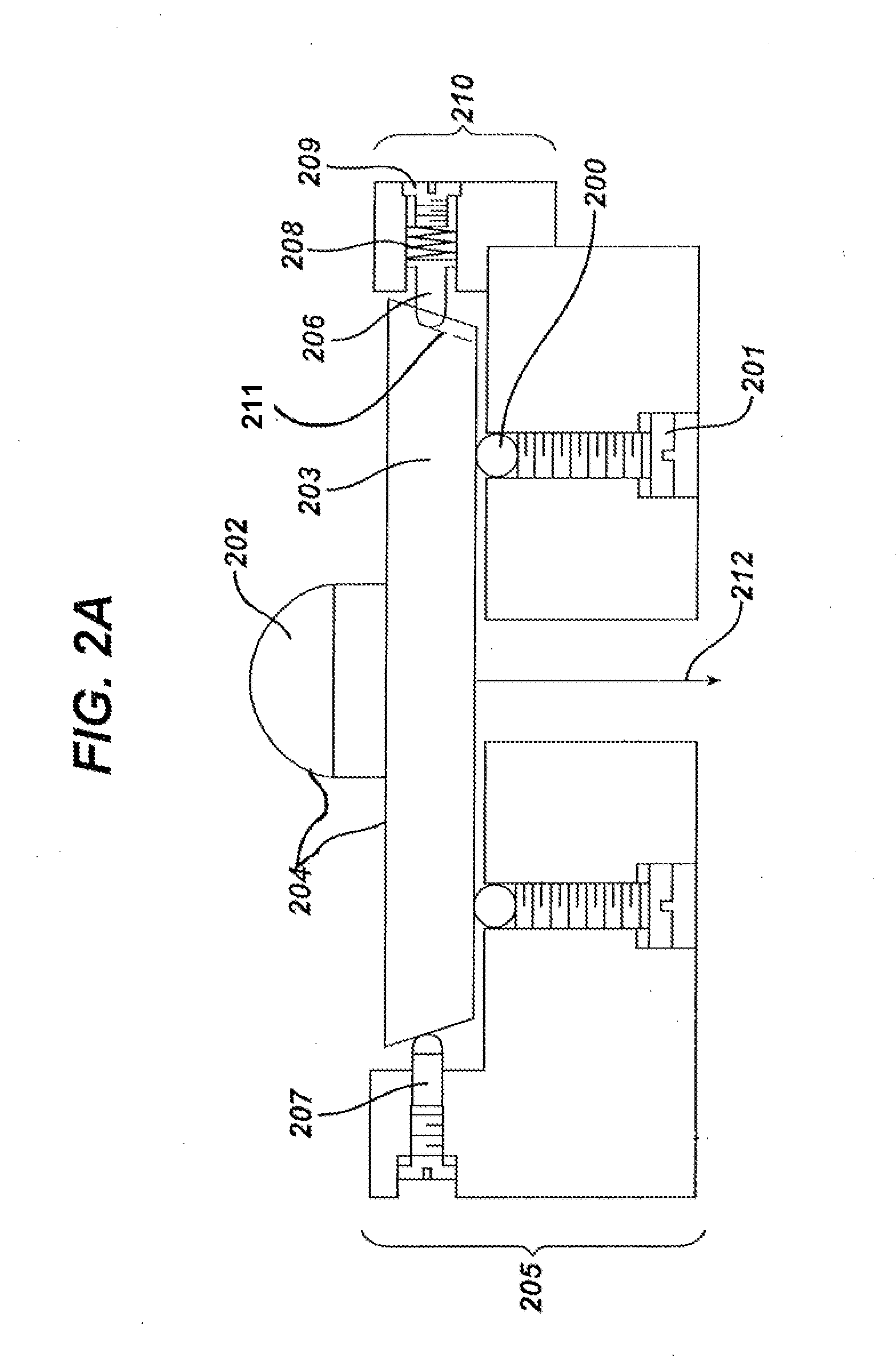Laser confocal sensor metrology system
a laser confocal sensor and metrology technology, applied in the field of noncontact methods, can solve the problems of difficult to form custom lenses specific to a particular patient's eye or a particular application, time-consuming lathing, limited scope, etc., and achieve the effect of precise thickness measurement of an ophthalmic lens
- Summary
- Abstract
- Description
- Claims
- Application Information
AI Technical Summary
Benefits of technology
Problems solved by technology
Method used
Image
Examples
Embodiment Construction
[0023]The present invention provides for methods and apparatus for measuring a thickness of one or both of a lens and Lens Precursor. In the following sections detailed descriptions of embodiments of the invention will be given. The description of both preferred and alternative embodiments though thorough are exemplary embodiments only, and it is understood to those skilled in the art that variations, modifications and alterations may be apparent. It is therefore to be understood that said exemplary embodiments do not limit the broadness of the aspects of the underlying invention. Method steps described herein are listed in a logical sequence in this discussion. However, this sequence in no way limits the order in which they may be implemented unless specifically stated. In addition, not all of the steps are required to implement the present invention and additional steps may be included in various embodiments of the present invention.
Glossary
[0024]In this description and claims dir...
PUM
 Login to View More
Login to View More Abstract
Description
Claims
Application Information
 Login to View More
Login to View More - Generate Ideas
- Intellectual Property
- Life Sciences
- Materials
- Tech Scout
- Unparalleled Data Quality
- Higher Quality Content
- 60% Fewer Hallucinations
Browse by: Latest US Patents, China's latest patents, Technical Efficacy Thesaurus, Application Domain, Technology Topic, Popular Technical Reports.
© 2025 PatSnap. All rights reserved.Legal|Privacy policy|Modern Slavery Act Transparency Statement|Sitemap|About US| Contact US: help@patsnap.com



